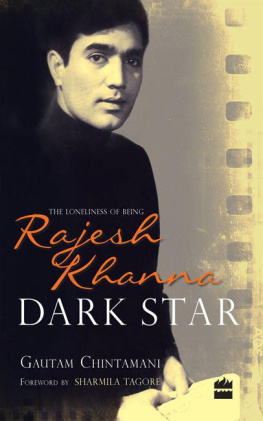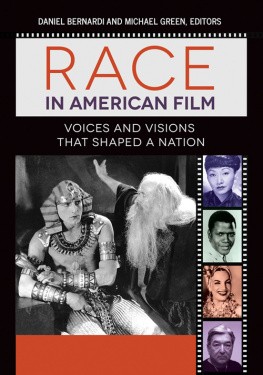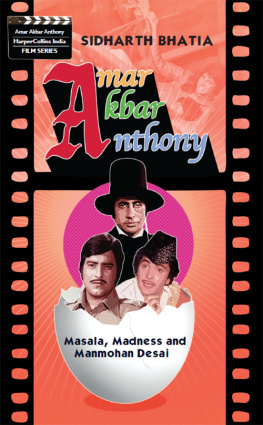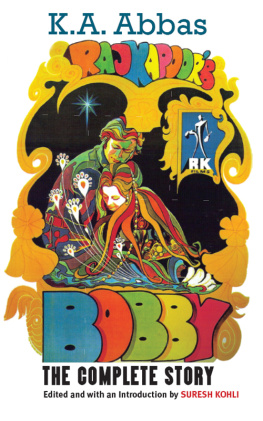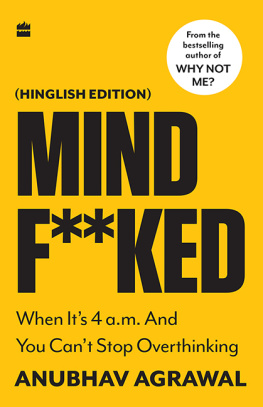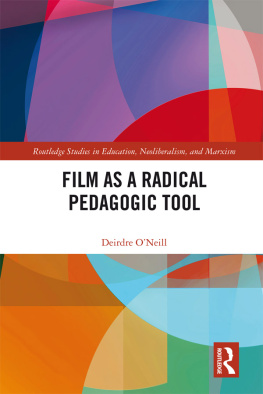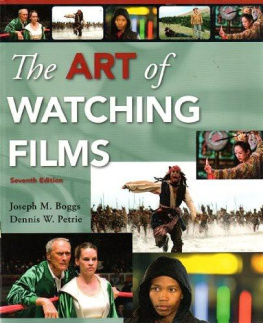Table of Contents
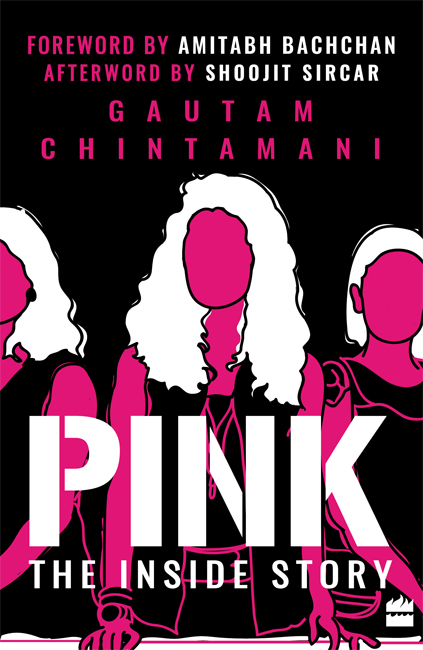
ALSO BY GAUTAM CHINTAMANI
Dark Star: The Loneliness of Being Rajesh Khanna
(HarperCollins, 2014)
Qayamat Se Qayamat Tak: The Film That Revived Hindi Cinema
(HarperCollins, 2016)
GAUTAM
CHINTAMANI
PINK
THE INSIDE STORY

To my grandparents,
the late Dr Arudra and Dr K. Ramalakshmi,
the first feminists I ever knew
A film is, or should be, more like music than like fiction. It should be a progression of moods and feelings. The theme, whats behind the emotion, the meaning, all that comes later.
Stanley Kubrick
Being a woman is a terribly difficult trade since it consists principally of dealings with men.
Joseph Conrad, Chance
Contents
We live off cinema as much as cinema lives off us. It is important to understand this fact to understand a film like Pink. The gang rape and death of Nirbhaya in December 2012 awakened our conscience to the widespread crimes against women in our country. There was outrage, grief, but perhaps, more importantly, there was a call for introspection. This was especially true for those in the film industry as cinema is an integral part of society. As an older member of that industry, I felt there needed to be a change in my engagement with my profession, as well as in the institution that is cinema, and Pink was a golden opportunity to respond to that call to action.
A new generation is about to take the reins of our country in its hands, and there has been a great change in attitudes towards women. Yet, patriarchal mindsets still hold sway over large swathes of the nation, so that for every step or two we take forward, we regress a step. Pink, for me, is an important attempt to capture this cultural change and the distance we still have to cover.
Women today are more educated and financially more secure; they are ambitious and assertive; and yet, there seems to be no end to the atrocities perpetrated against women. You just have to pick up the newspaper every morning to know this. Pinks protagonist Deepak Sehgal, an accomplished lawyer, is a prominent member of a society that is witness to all this. When the first promo came out, the first voice that you heard there was Deepak Sehgal standing in the court and asking a woman who had been sexually assaulted, Are you a virgin? It is an old question, something that is so familiar to legal processes in the country; but unlike his predecessors, Deepak Sehgal asks this question not to question the integrity of a woman but to establish it.
In many ways, his relationship with the three girls reminds me of my own with my granddaughters. Its important for me that they grow up in a society that offers them the necessary protections and privileges. I have reiterated many times that what I did as Deepak Sehgal in Pink had been done with the utmost personal conviction.
One of the things that make Pink so remarkable is its screenplay. It is the result of a rigorous process of research in various courts in Mumbai, Delhi, Kolkata and Chennai. The legal case in Pink was adapted from real-life cases, and the language and the circumstances that were used were all parsed from real women, lawyers and judges. This is what the producer, Shoojit, told me, and how wonderful to be able to do that. Consider the tagline, No means no. It is so dramatic in its simplicity. That is what made everyone stand up and say, My God! What is happening here?
The courtroom sequence was especially unique. What Shoojit and Tony (Aniruddha Roy Chowdhury) did was that they placed six to seven cameras all together, and all the characters, even unimportant ones, were told to emote. Even after I did a shot, I had to wait and see what impact it has had and what my opposing lawyer is going to argue. The emotions were beautifully captured and that is what made the courtroom sequence so remarkable.
As with all films, Pink may have its shortcomings, but no one can doubt its motivation, no one can question the issues it raises and addresses. Pink is a brazen film because it puts on trial the very prejudices against women we all have in some way been part of and holds up a mirror to society. Many crimes against women go unreported precisely because women are scared to go to the police station, where they may face further harassment. Legal recourse is the fundamental right of every citizen and women have been denied that right because society does not like a woman who confronts her tormentors. Pink wishes to stand by the woman who wants to reclaim her dignity, and has already strengthened many women to do so.
It is heartening to see its impact in the form of this book that documents its making and includes its powerful screenplay, releasing to mark the first anniversary of the film.
A MITABH B ACHCHAN
In 2015, Sandesh Baliga, a thirty-two-year-old security guard, was brought in front of a court magistrate in Hobart, Australia, on charges of stalking two women, one for eighteen months and another for four. Born in India, Baliga had moved to Australia in 2012 and within weeks of arriving there, he began approaching women on a regular basis by calling and texting them endlessly and even referring to himself as their boyfriend. Baligas lawyer, Greg Barns, told the court it was rather normal for Indian men to obsessively target women and argued that Baliga, in fact, did not consider his behaviour to be incorrect or criminal. Baliga pleaded guilty and said that it was Bollywood and its heroes that inspired him to go after women. He believed that like in the films, his dogged persistence would pay off as they would eventually say yes to him.
It is said that in designing their films, film-makers take the cultural value of sections of the society that their cinema caters to into account. If this be the case, can one be wrong in suggesting that what is depicted in popular Hindi films, now globally referred to as Bollywood, is Indian culture? It is not a hidden fact that popular Hindi cinema blatantly endorses misogyny. We may get to know of a few Sandesh Baligas but the truth is that there are millions of men across the length and breadth of India who would also consider stalking women to be normal behaviour. In Violence Against Women in Contemporary Popular Hindi Cinema, which was her PhD thesis, Arundhatie Biswas notes that by definition popular culture occupies the lower levels of socially and historically constructed cultural hierarchies and therefore, popular cinema, in a way, is a cultural institution that helps to mediate a broad spectrum of social meanings, values and structure. The irony is that the leading man in popular Hindi cinema has been the biggest perpetrator of either blatant or disguised misogyny. This is almost ingrained in the hero of mainstream Hindi cinema so much so that it has come to be seen as chalta hai.
Cinema is one of the many institutions that generate discourse on violence against women but the camera approaches it in a manner that often sees it transformed into a spectacle.
Perhaps this is what makes Pink stand out both as a film as well as a treatise on the depiction of violence against women on-screen as well as off-screen. It showcases a complex combination of what happens every single day around us and how popular Hindi film narrative routinely fails to confront it. Traditionally, mainstream Hindi cinema has rarely allowed leading ladies to reflect the reality of the modern Indian women. To a great extent,


